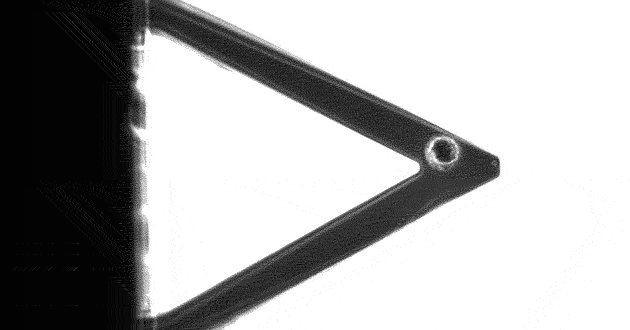Extraterrestrial Life Could Be Found Using Motion-Detecting Nanosensors

While it brings so much excitement to find grey aliens with very advanced technology, any alien life out there that might be found will likely be very basic. But space probes, such as Curiosity and Philae, are using hit-and-miss chemical detection methods. They can’t tell if something is alive or not. A new nanosensor developed by French scientists could help.
Capable of accepting approximately 500 bacteria with a laser motion sensor, the cantilever will get minute vibrations that cause from the cells of living bacteria. The signals will stop after scientists kill the cells.
Mechanical rather than chemical, the team sees the technology also to become useful for a number of terrestrial studies, including drug trials. The cantilevers can be used to see if a drug is effective by coating them with cancer cells; the motion signals will slow or stop. Some researchers also believe that future space exploration missions could use the large arrays of the sensors.
Current probes look for chemicals that mark life as people know it on Earth, but alien life could also exist in other unidentified chemical forms. For instance, as long as life moves, nanosensors could locate it in Titan’s cold methane lakes. The researchers believe large arrays of their cantilever sensors could one day launch with probes. They do have plan to introduce the idea to ESA and NASA.



 Creators of mankind
Creators of mankind Description of “Tall white aliens”
Description of “Tall white aliens” Where they came from?
Where they came from? About hostile civilizations
About hostile civilizations The war for the Earth
The war for the Earth “Tall white aliens” about eternal life
“Tall white aliens” about eternal life Video: “Nordic aliens”
Video: “Nordic aliens” Aliens
Aliens Alien encounters
Alien encounters The aliens base
The aliens base UFO
UFO Technology UFO
Technology UFO Underground civilization
Underground civilization Ancient alien artifacts
Ancient alien artifacts Military and UFO
Military and UFO Mysteries and hypotheses
Mysteries and hypotheses Scientific facts
Scientific facts


















